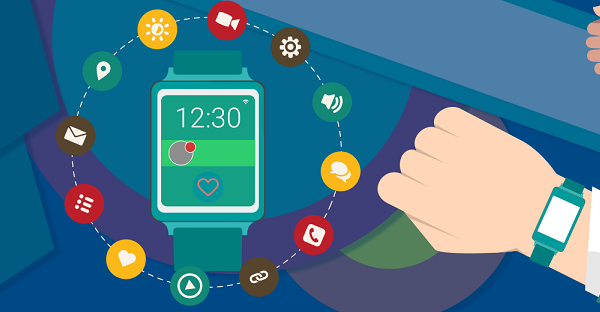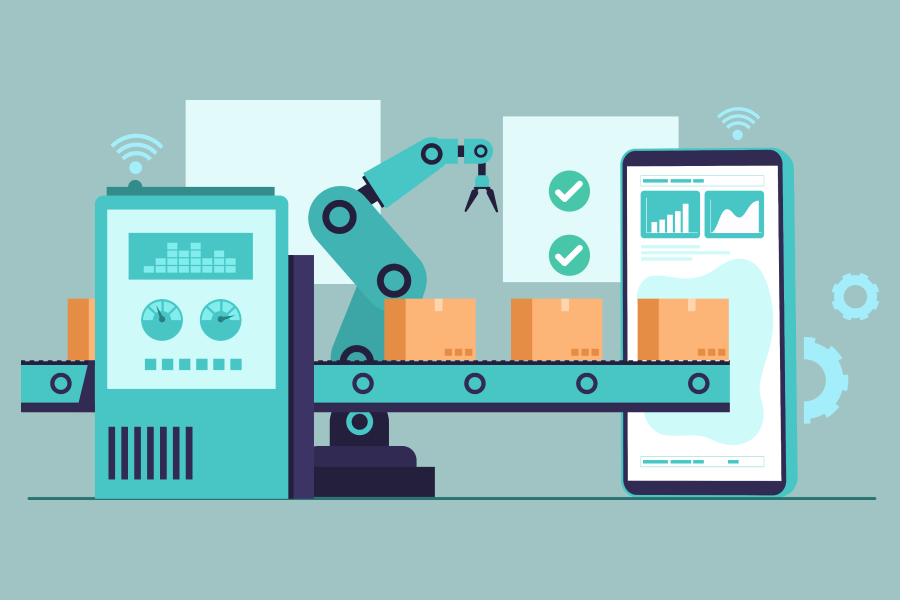Wearable apps are perhaps the next big thing in technology. The way it has been catching on in the recent past speaks volumes of its potential. Cisco estimates that the number of wearable devices is going to jump to about 177 million by 2018. Although these numbers do not represent an absolute figure, with the exponential rate at which mobile users are growing coupled with ever-expanding internet bandwidth, this number might come across as conservative in the future.
However, like everything in technology, this rate could be stopped by a few challenges and roadblocks. Let us discuss some of these challenges:
Cross Platform Compatibility
With more and more devices coming into the market, the focus of the app developers should not be on just market penetration but also ensuring these apps are compatible with multiple platforms. It is important to not just be platform centric but also build apps for smart wearables that come in different shapes and sizes and employ different technologies. The kind of developer who will succeed will be the one who builds an app downloadable on any platform.
Battery Life is a must
Battery usage continues to be one of the primary concerns for app developers. Your effort, right from the start should be on performance optimization and unwanted features that could potentially increase battery usage should be discarded. If users need to make a choice between your app and phone life, they will definitely go for their phone life. Experimenting with features that could increase battery life can sometimes backfire.
Swift turn-around time to meet demand
While there are new wearables that are entering the market, there are many others who are halting their production. This is because even though this market promises high reward, its package includes high demands and quick-turnaround time. If one needs to survive in such a scenario, developers need to work quickly and efficiently to accomplish the task of rapid application development.
Data Security
In this volatile industry, security is a major concern. Developers, while building apps need to consider the implications of security breach and need to ensure that apps access data only in a secured fashion. This is not just the user’s responsibility but more on the developer to ensure this. With changing platforms and tools, developers need to ensure they are able to meet changing demands and at the same time, offer an attractive interface.

Where as a user, wearable devices represent a future which can only be exciting and full of surprises. However, as a developer, one must understand the complexities of wearable app development and maintain a balance between offering a great user experience and serving the purpose for which it is being developed- which is purely functional.

 Web and Full Stack
Web and Full Stack CMS and Frameworks
CMS and Frameworks Online Marketing
Online Marketing Cloud Services
Cloud Services ECommerce
ECommerce Mobile
Mobile



